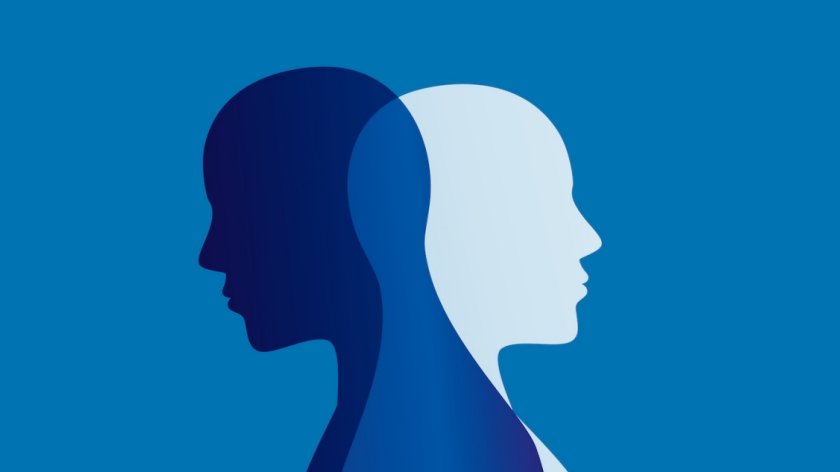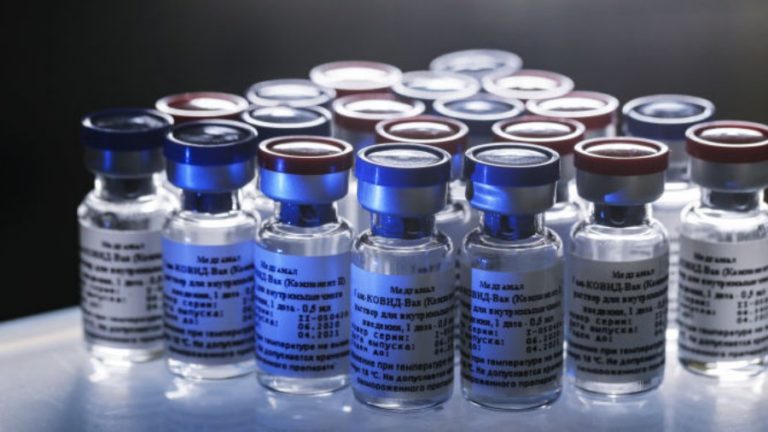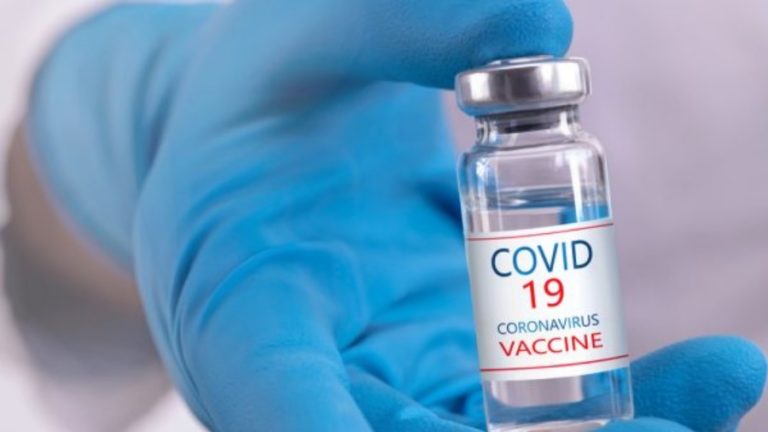The Liver and Liver Stones
Each year, millions of people in the United States suffer from gallstone-related pain. However, it may surprise many of these individuals to discover they are, in fact, suffering from the presence of liver stones. Liver stones are the less publicized cousins of the gallstone, as the two are essentially the same. Ultimately, location defines the difference between the two. To help reduce the risk of suffering from this painful condition, everyone should understand how the liver functions and what can be done to support its health.
The Location and Purpose of the Liver
The liver is the largest gland in the body and it’s located at the beginning of the small intestine. The gallbladder, for comparison, is located behind the liver, near its base. The main purpose of the liver is to produce bile, which is an essential secretion for breaking down digested lipids into smaller particles so fats and fat-soluble vitamins can be absorbed by the small intestine.
The liver forms bile from water, electrolytes, and other molecules including cholesterol, bilirubin, bile acids, and phospholipids. Adults produce between 400 and 800 ml of bile each day and it’s stored in the gallbladder until needed. [1] Besides manufacturing bile, the liver works as a filter to detoxify and purge harmful chemicals (such as alcohol) from the body.
What are Liver Stones?
Liver stones are commonly formed whenever an excess of cholesterol exists in the body. When excess dietary cholesterol is present, the remainder often crystallizes into small, pebble-shaped masses. Recently, researchers at the University of Bonn in Germany discovered that heredity may also be a contributor to the condition. The scientists believe they have isolated a gene within the body that greatly increases a person’s chances of forming liver and/or gallstones. [2]
General Statistics about Liver Problems
- Physical injuries to the liver are responsible for just 5% of all hospital admissions. [8]
- 80% of all cases of liver toxicity are caused by pharmacological drug reactions. [9]
- More than 900 prescription drugs are known to cause injury to the liver. Toxicity is the leading reason for withdrawing a drug from the market. []
- Liver and gallstones are present in 10 % to 20% of the population. [11]
9 Herbs That Promote Liver Cleansing
The top nine herbs that promote liver cleansing include:
- Chicory root
- Dandelion leaf
- Dandelion root
- Greater celandine
- Milk thistle seed
- Peppermint leaf
- Turmeric
- Yellow dock root
- Chanca piedra
Check out this article for a more detailed list of the top 9 herbs for liver cleansing.
4 Common Diseases of the Liver
Due to the liver’s role as the body’s detoxifying system, much of what we eat and drink can greatly affect its health. Here are some of the more common diseases of the liver:
1. Cirrhosis
Damage to the liver causes scarring which further prevents the liver from functioning the way it should. Common causes of cirrhosis include alcoholism and hepatitis. About 5% of cirrhosis patients develop liver cancer and end up receiving liver transplants due to excessive scarring.
2. Fatty Liver
“Fatty liver” is a common condition in people who drink too much alcohol. The liver becomes enlarged by the accumulation of fat cells. Usually, the only symptom presented is a slight discomfort within the abdomen. The condition normally improves if the person in question ceases drinking alcohol.
In addition to alcohol-induced fatty liver, there is also non-alcoholic fatty liver disease that typically presents the exact same symptoms but without alcohol as the cause. Non-alcoholic fatty liver disease is often related to insulin resistance (type 2 diabetes) and obesity, so weight loss and managing carbohydrate intake may be helpful.
3. Hepatitis
Alcoholic hepatitis (liver inflammation) is also caused by the intake of too much alcohol and is often a precursor to cirrhosis and eventual liver failure. If detected early enough, damage to the liver may be somewhat reversed. Viral Hepatitis, on the other hand, attacks the liver directly. Actually five different types of viral Hepatitis exist:
- Hepatitis A (HAV) – Can affect anyone and ranges from single cases to widespread epidemics
- Hepatitis B (HBV) – A deadly disease causing cirrhosis, cancer, liver failure, and even death
- Hepatitis C (HCV) – Easily spread by coming into contact with the blood of an infected person
- Hepatitis D (HDV) – A virus found in the blood of affected individuals, and the patient usually has HBV as well
- Hepatitis E (HEV) – Similar to HAV, but rarely found in the United States.[3]
4. Gilbert Syndrome
Gilbert Syndrome is caused by a defect in the uptake of bilirubin into the liver cells. Gilbert Syndrome can be very difficult to identify and is sometimes confused with liver disease.
Symptoms of a Sluggish Liver
When your liver isn’t functioning at peak performance, you may experience some or all of the following symptoms:
- Chronic Fatigue
- Depression
- Headaches
- Constipation
- Digestive Difficulties
- Chemical Sensitivities
It’s interesting that the symptoms for impaired hepatic detoxification are commonly the same as those attributed to patients suffering from exposure to toxic chemicals.
Can Any Organisms Harm the Liver?
Yes! Liver flukes (Trematodes) are a type of flatworm which infects the digestive system and other organs in the body. Adult flukes have external suckers which allow it to attach and leech nourishment. Trematodes normally enter the body through the act of eating uncooked fish or plants and fish from fluke-infested waters. Trichinosis is another type of parasitic disease that can harm the liver. Trichinosis is contracted from eating under-cooked meat (usually pork) and it affects the bile ducts that drain the liver.
A condition known as schistosomiasis occurs when parasites enter the body through the skin, usually from walking barefoot in infested fresh water. The organisms travel through the body, settling in the small veins of the liver. Ultimately, schistosomiasis results in cirrhosis of the liver due to the scarring caused by the inflammation. Also, many people may not realize Hepatitis A is a virus that enters the liver as an organism. The most common way to contract Hepatitis A is to eat food prepared or handled by someone who didn’t thoroughly wash their hands after using the bathroom.
What Chemicals Affect the Liver?
Chemicals which can cause hepatotoxicity include Acetaminophen, Isoniazid, aflatoxins, arsenic, and carbon tetrachloride. [4] Taking more than the recommended amount of Acetaminophen causes the glutathione pathway to become overwhelmed with NAPQI-Acetaminophen’s metabolite. Ultimately, this toxic compound accumulates in the liver and the glutathione is unable to remove it, thus damaging the liver in the process.
Used to treat Tuberculosis, Isoniazid is a powerful medication necessitating the patient to undergo constant liver tests. Isoniazid is believed to cause granulomas (chronic inflammatory nodules) within the liver.
Aflatoxins occur naturally and can be found in soil, decaying vegetation, and other natural settings. [5] Aflatoxins typically flourish in areas of high heat and moisture and normally contaminate crops of cereals, spices, peanuts, and other dried goods. High exposure to aflatoxins causes carcinoma, cirrhosis, and eventual necrosis of the liver.
Arsenic is a well-known carcinogen and teratogen. The most common exposure for humans comes from drinking tap water. High levels of arsenic can be fatal within 12-48 hours after ingestion with some deaths occurring within one hour. [6] Once absorbed into the body, arsenic is stored in the liver where it can contribute to the onset of cancer.
Carbon tetrachloride is very dangerous to humans and animals when inhaled. Clinical signs of carbon tetrachloride inhalation include elevated levels of the hepatic enzyme Aspartate Aminotransferase, elevated levels of bilirubin, decreased levels of albumin and fibrinogen, and a swollen and tender liver. [7]
What Diet Promotes A Strong Liver?
Besides the intake of pharmaceutical drugs, a poor diet is a major contributor to most liver problems. High alcohol intake is the most common form of dietary danger to the liver. However, you can improve your diet a number of ways to promote overall liver function.
- A diet too high in protein may cause a condition called hepatic encephalopathy or “mental confusion”. While the exact cause of hepatic encephalopathy is still unknown, it is theorized that when the body digests high amounts of proteins, excessive ammonia is formed, which affects the central nervous system.13 Your doctor should always be consulted before altering the protein in your diet.
- A diet high in calories, especially carbohydrates and trans and saturated fats, can equally result in liver problems. Excess caloric intake can lead to fatty deposits within the liver.
- Watch your Vitamin A intake, as it is high in saturated fat and cholesterol and can be very toxic to the liver when taken in large amounts. However, Emulsified Vitamin A does not contain fat or cholesterol. Emulsified Vitamin A is a liquid form of the vitamin that is derived from the carotene found in green and yellow vegetables and egg yolk. Emulsified Vitamin A is a powerful antioxidant for supplementing your diet. Vitamin A also helps promote cell differentiation and supports the body’s normal immune system response.
The best diet for the liver is one low in protein and also sodium.14 Eating plenty of raw fruits and vegetables will help to keep your body, especially your liver from overtaxing itself. Approximately 30% to 40% of your diet should consist of dark green leafy vegetables and orange, red, purple, and yellow colored fruits and vegetables. A diet high in trans and saturated fats causes the liver to work extra hard, so reducing your intake of those fats is critical to a healthy liver.
Avocados and oily fish such as salmon, tuna, and sardines are excellent choices for promoting liver health. Many varieties of raw seeds such as flaxseed, sunflower, and alfalfa seeds are beneficial in this regard as well. Certain oils (primrose, black currant seed, and cold-pressed olive oil to name a few) assist the liver as well.
Choosing a Liver Cleansing Supplement
Along with a healthy and cleansing diet, you must routinely cleanse your liver to promote optimum function and health. A number of liver and even gallbladder cleansing products can be found in health stores and on the Internet, but the most effective of these are manufactured with only 100% organic and wildcrafted herbs and are produced using proprietary or Instruct® processes.
Liver cleansers produced with these methods, such as Livatrex®, provide you with herbs extracted using pure Kosher-certified vegetable glycerin rather than alcohol, thus making them the safest and most effective class of supplements for supporting your health improvement initiatives.
Summary
- Bowen, R. Secretion of Bile and the Role of Bile Acids In Digestion. Online. (last accessed: 2007 October 4). www.arbl.cvmbs.colostate.edu/hbooks/pathphys/digestion/liver/bile.html
- Lammert, F., Grunhage, F., Walier, M. and T. Wienker. Research team discovers gallstone gene. Hepatology. Issue 46. Pub. 2007 July 11. (last accessed: 4 Oct 2007). www.uni-bonn.de/en/News/93_2007.html
- Centers for Disease Control and Prevention. Viral Hepatitus. (last accessed: 2007 October 5). www.cdc.gov/ncidod/diseases/hepatitis
- Lawrence S. Friedman MD, Emmet B. Keeffe MD. Handbook of liver disease: expert consult. Elsevier Saunders. 2011 August 26. ISBN-10: 143771725X. Print.
- Waliyar, Dr. F. Principal scientist (Pathology) and managing director for agri-science park. (last accessed: 2007 October 17). www.icrisat.org/aflatoxin
- PDR Health. Arsenic. 2007.
- Department of Health and Human Services. ATSDR. (last accessed: 2007 October 17). www.atsdr.cdc.gov/toxprofiles/tp30-c3.pdf
- Peter R. McNally DO FACP FACG. GI/Liver secrets plus. Mosby Inc. 2010 April 2. IDBN-13: 978-0323063975. Print.
- Pirmohamed M, Breckenridge AM, Kitteringham NR, Park BK. Adverse drug reactions. BMJ. 1998 Apr 25;316(7140):1295-8. Review.
- Scott L. Friedman, James H. Grendell, Kenneth R. McQuaid. Current diagnosis and treatment in gastroenterology. Lange Medical Books/McGraw-Hill Pub. Division. 2003. ISBN:0-8385-1551-7. Print.
- Virtual Medical Centre. Gallstones. 2003 September 21.
†Results may vary. Information and statements made are for education purposes and are not intended to replace the advice of your doctor. Global Healing Center does not dispense medical advice, prescribe, or diagnose illness. The views and nutritional advice expressed by Global Healing Center are not intended to be a substitute for conventional medical service. If you have a severe medical condition or health concern, see your physician.
By Dr. Edward Group
Source: Global Healing Center







